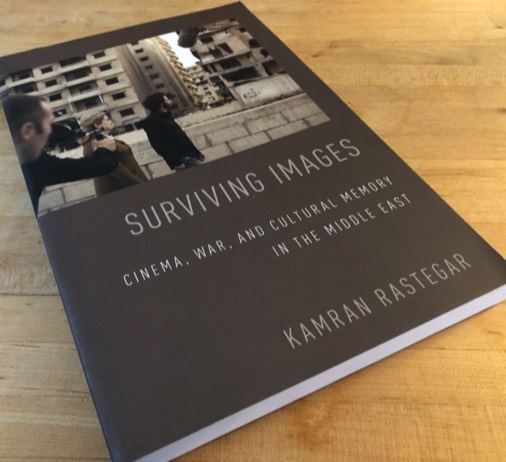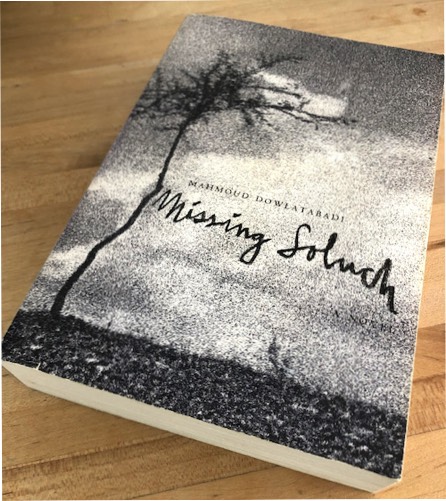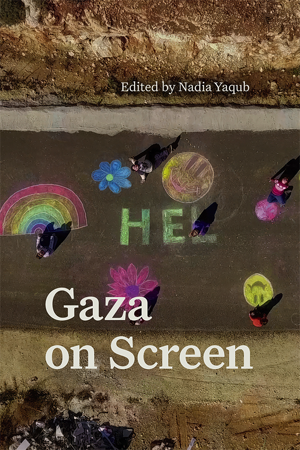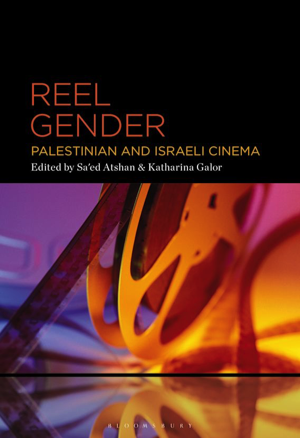I am a professor of comparative literature at Tufts University. I completed my training at Columbia University and have taught at Brown University and the University of Edinburgh. I am interested in Persian and Arabic cultural history in the late nineteenth and early twentieth century, with a focus on literary and other forms of textual exchange or 'transactions' between these languages as well as European languages (primarily English and French). My first book Literary Modernity between Europe and the Middle East explored the origins of the conception of literary modernity in Arabic and Persian literatures, a topic that I have further addressed in articles and as editor of a special issue of the journal Middle Eastern Literatures.
Additionally, I research the role of cinema and visual culture in the formation of cultural memory in conflict and post-conflict social settings, in particular those relating to colonial and postcolonial histories. This research is reflected in my second book, Surviving Images: Cinema, War and Cultural Memory in the Middle East.
I also compose and perform music, details of which may be found at the link on music above.
My Tufts faculty profile.


Recent publications

Books

This book explores the prominent role of cinema in the development of cultural memory around war and conflict in colonial and postcolonial contexts. It does so through a study of three historical eras: the colonial period, the national independence struggle, and the postcolonial. It begins with a study of British colonial cinema about the Sudan, then explores anticolonial cinema in Algeria, Egypt, and Tunisia, followed by case studies of films emerging from postcolonial contexts in Palestine, Iran, Lebanon, and Israel. This work aims both to fill a gap in the critical literature on Middle Eastern cinemas and to contribute more broadly to scholarship on social trauma and cultural memory in colonial and postcolonial contexts. It treats the concept of trauma critically, however, and posits that social trauma must be understood as a framework for producing social and political meaning out of these historical events. Social trauma thus sets out a productive process of historical interpretation, and cultural texts such as cinematic works both illuminate and contribute to this process. Through these discussions, this book illustrates cinema’s productive role in contributing to the changing dynamics of cultural memory of war and social conflict in the modern world.

Providing a broad ranging and unique comparative study of the development of English, Persian and Arabic literature, this book looks at their interrelations with specific reference to modernity, nationalism and social value. It gives a strong theoretical underpinning to the development of Middle Eastern literature in the modern period.

Publisher's note: "Perhaps the most important work in modern Iranian literature, this starkly beautiful novel examines the trials of an impoverished woman and her children living in a remote village in Iran, after the unexplained disappearance of her husband, Soluch. Lyrical yet unsparing, the novel examines her life as she contends with the political corruption, authoritarianism, and poverty of the village. It follows her vacillations between love for Soluch and anger at his absence, and her struggle to raise her children without their father. The novel critically evokes the unfulfilled aspirations of modern Iran, portraying a society caught between a past and a future that seem equally weighed down by injustice. This landmark novel — the first ever written in the everyday language of the Iranian people — revolutionized Persian literature in its beautiful and daring portrayal of the life of a marginal woman and her struggle to survive."


Selected public criticism
• Arab Cinema Through a Narrow Frame: A Conversation with Tala al-Hadid (Senses of Cinema)
• Omar Sharif: Alluringly Cosmopolitan, Unapologetically Arab (al-Jazeera)
• New Texts Out Now: Kamran Rastegar, Surviving Images: Cinema, War, and Cultural Memory in the Middle East (Jadaliyya)
• My Father is Still a Communist (Jadaliyya)
• Revolutionary Memory (Jadaliyya)
• Arab and African Cinema’s Uncertain Future (Vertigo Magazine)
• Revisiting Orientalism (History Today)
• Living Only Once: The Iranian Road Movie (Bidoun)
• On Palestinian Cinema (Bidoun)
• Reflections on Returning (Politics and Culture)




